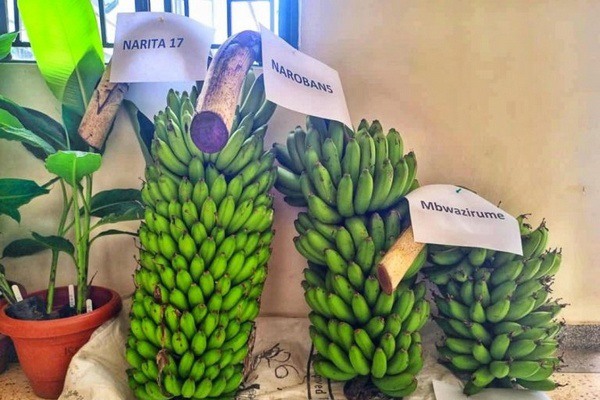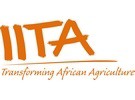Uganda has officially released a new matooke banana variety, NARITA 17, developed through a collaboration between the National Agricultural Research Organization (NARO) and the International Institute of Tropical Agriculture (IITA–CGIAR). The new variety is designed to address declining banana production caused by soil degradation, drought, and pests and diseases such as banana bacterial wilt, fusarium wilt, black Sigatoka, and banana weevils.
Bananas, including matooke, are cultivated by approximately 75% of Ugandan farmers, occupying an estimated 38% of cultivated land. However, over the past 30 years, national production has declined due to a combination of environmental and biological factors.
NARITA 17, also referred to as NAROBan 6, was released on 21 March 2025 by Uganda's Ministry of Agriculture, Animal Industry, and Fisheries. The variety is part of a broader breeding initiative that has produced 27 matooke hybrids under the NARITA series, with two previously released varieties already covering about 15% of banana farms in the country.
 © IITA
© IITA
According to NARO, NARITA 17 offers a 34% higher yield than previously released hybrids and up to a 243% increase in yield compared to traditional landraces such as Mbwazirume. It has shown an average productivity of 40.5 tonnes per hectare under trial conditions. The variety has undergone around five years of multi-location trials and two years of on-farm testing before release.
NARITA 17 is reported to be resistant to key diseases, including Fusarium wilt tropical race 4 (FOC-TR4), race 1 (FOC-R1), and the burrowing nematode Radopholus similis, and is tolerant to banana weevils. It has also been evaluated for consumer preference, with traits aligned to cooking banana standards in Uganda.
The development of NARITA 17 follows earlier collaborations between NARO and IITA that resulted in hybrid varieties also tested in Tanzania. Four of these, released in 2021 as TARIBAN 1–4, are currently cultivated for their resistance to black Sigatoka and weevils and their higher yield potential, ranging between 18 and 35 tonnes per hectare per year.
These efforts are part of the broader Roots, Tubers, and Banana Breeding Program, supported by the Bill & Melinda Gates Foundation. The program aims to improve the productivity, resilience, and market relevance of staple crops for smallholder farmers in sub-Saharan Africa.
The release of NARITA 17 represents a continuation of long-term research aimed at increasing banana yields and resilience, supporting food security, and improving farmer incomes in Uganda and the wider East African region.
 For more information:
For more information:
IITA
Tel: +234 7008004482
Email: iita@cgiar.org
www.iita.org
